Jackfruit, known as the “king of fruits” in many tropical regions, is revered for its unique flavor, versatile uses, and impressive nutritional profile. However, harvesting jackfruit at the perfect ripeness stage can be challenging, as unripe fruit is firm, starchy, and lacks the characteristic sweetness. For consumers who purchase underripe jackfruit or wish to accelerate the ripening process, understanding the science and techniques behind artificial ripening is essential. This article explores six proven methods to ripen jackfruit efficiently, ensuring optimal texture, aroma, and taste.
Natural Ripening at Room Temperature
The simplest way to ripen jackfruit is to allow it to mature naturally in a warm, well-ventilated environment. Jackfruit, like many tropical fruits, relies on ethylene gas—a natural plant hormone—to trigger ripening. Ethylene production increases as the fruit ages, making this method ideal for those with patience.
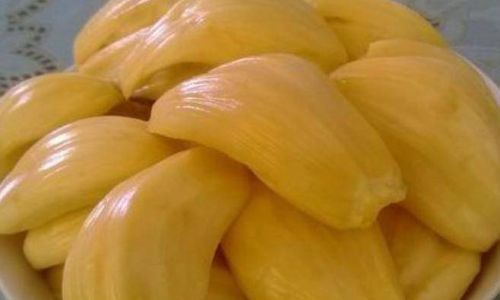
Steps:
- Place the jackfruit on a raised surface, such as a wooden board or wire rack, to ensure air circulation beneath it.
- Maintain a temperature between 75–85°F (24–29°C). Avoid direct sunlight, as excessive heat may cause uneven ripening or spoilage.
- Leave the fruit undisturbed for 3–7 days, depending on its initial maturity. Check daily for signs of ripeness (discussed later).
Pro Tip: To expedite natural ripening, place the jackfruit in a paper bag or wrap it in newspaper. These materials trap ethylene gas, creating a microclimate that accelerates the process.
Ethylene Gas Exposure
Commercial growers often use controlled ethylene exposure to ripen fruits uniformly. Homeowners can replicate this method using ethylene-producing fruits or synthetic ethylene generators.
Method A: Companion Fruits
Apples and bananas are rich in ethylene. Placing them near jackfruit can stimulate ripening.
Steps:
- Clean the jackfruit’s exterior to remove dirt or pesticides.
- Place the fruit in a ventilated cardboard box or breathable cloth bag.
- Add 2–3 ripe apples or bananas and seal the container.
- Monitor daily; ripening typically occurs within 2–4 days.
Method B: Ethylene Generators
For large-scale ripening, devices like EthyGen tablets or commercial ethylene generators can be used. However, these require caution, as excessive ethylene may overripen the fruit.
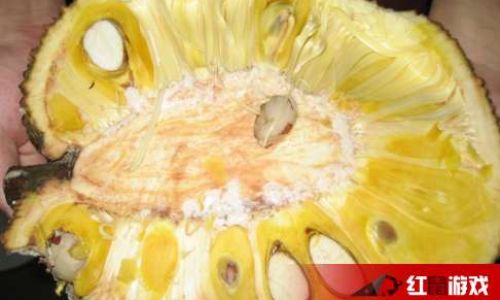
Steps:
- Follow the manufacturer’s instructions for dosage and exposure time.
- Avoid sealing the fruit in airtight containers, as this may lead to mold growth.
Paper Bag Method
The paper bag technique is a low-cost, low-effort solution for small to medium-sized jackfruit.
Steps:
- Select a brown paper bag large enough to accommodate the fruit.
- Place the jackfruit inside and fold the opening to seal it partially.
- Store the bag in a warm, dark area, such as a kitchen cabinet or pantry.
- Check daily and remove the fruit once it yields slightly to gentle pressure.
Science Behind It: Paper bags trap ethylene while allowing moisture to escape, preventing rot. This method mimics the fruit’s natural ripening environment.
Sun Exposure
Controlled sun exposure can accelerate ripening by increasing the fruit’s internal temperature, which boosts metabolic activity and ethylene production.
Steps:

- Choose a spot with indirect sunlight to prevent sunburn.
- Place the jackfruit on a clean cloth or mat.
- Expose it to sunlight for 2–3 hours daily, then move it to a shaded area.
- Rotate the fruit to ensure even heating.
Caution: Prolonged direct sunlight may dehydrate the fruit or cause uneven ripening.
Burying in Rice
A traditional method in Southeast Asia, burying jackfruit in uncooked rice traps ethylene and maintains consistent humidity.
Steps:
- Fill a large container with dry rice, ensuring it’s deep enough to submerge the fruit.
- Place the jackfruit in the center and cover it completely with rice.
- Seal the container and store it at room temperature.
- Check after 2–3 days; the fruit should soften and emit a sweet aroma.
Note: This method works best for small jackfruit segments rather than entire fruits.
Oven Method (Short-Term Heating)
For urgent ripening, a low-temperature oven can mimic tropical conditions. However, this method requires precision to avoid cooking the fruit.
Steps:
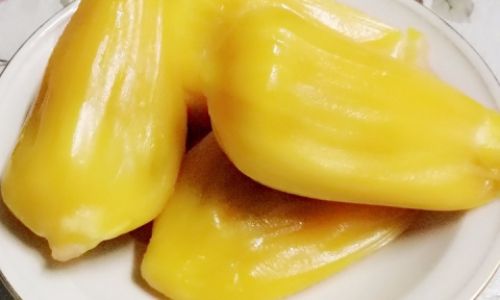
- Preheat the oven to its lowest setting (typically 100–150°F or 38–66°C).
- Wrap the jackfruit in multiple layers of newspaper or a thick towel.
- Place it on a baking sheet and heat for 30–60 minutes.
- Remove and store at room temperature; ripening should occur within 1–2 days.
Warning: Overheating may damage the fruit’s cells, resulting in a mushy texture.
How to Check If Jackfruit Is Ripe
Ripeness indicators vary by variety, but these signs are universal:
- Color: The exterior transitions from green to yellowish-brown.
- Aroma: A sweet, fruity scent emanates from the stem or base.
- Texture: The spines soften, and the fruit yields slightly to pressure.
- Sound: Tapping the fruit produces a dull thud instead of a hollow ring.
Storage Tips for Ripened Jackfruit
- Refrigeration: Store sliced jackfruit in an airtight container for 5–7 days.
- Freezing: Puree or cube ripe flesh and freeze for up to 6 months.
- Avoid Plastic: Never store unripe jackfruit in airtight plastic bags, as this traps moisture and promotes rot.
Common Mistakes to Avoid
- Overripening: Ethylene-based methods can cause rapid softening; check frequently.
- Bruising: Handle the fruit gently to avoid dents, which may lead to spoilage.
- Inadequate Ventilation: Poor airflow during ripening increases mold risk.
Conclusion
Ripening jackfruit requires a balance of science and patience. Whether opting for natural methods like room-temperature storage or accelerated techniques like ethylene exposure, understanding the fruit’s biology ensures success. Experiment with these methods to discover which aligns best with your timeline and resources. With proper care, even the hardest, greenest jackfruit can transform into a golden, aromatic delight ready to grace salads, desserts, or savory dishes.
By mastering these ripening techniques, you unlock the full potential of this tropical treasure, ensuring every bite delivers the sweet, complex flavors jackfruit is celebrated for.

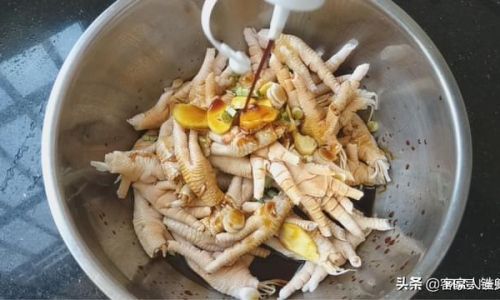
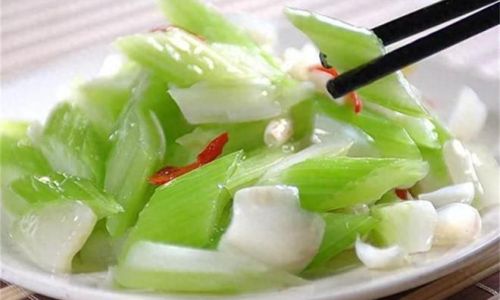
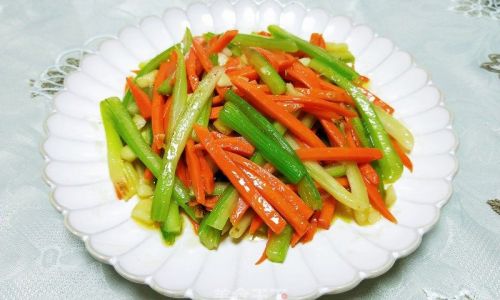

0 comments